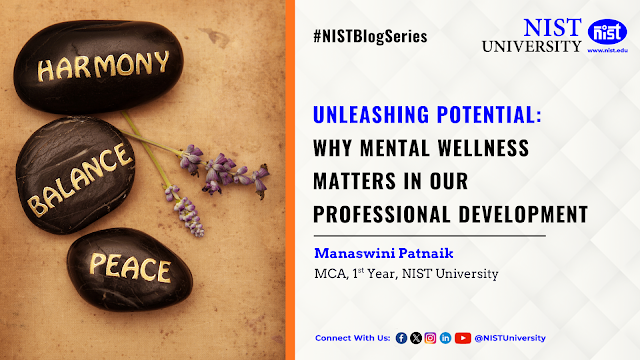10 “MUST DO” PRACTICES TO AVOID THE IMPACT OF MOBILE PHONE OVEREXPOSURE ON STUDENTS
Technology has made our life easy. We have gadgets that save our time and energy, entertain and inform us and play the role of companions, too. These gadgets, like mobile phones, the iPad, etc. are a boon for human beings. On the flip side, though, these gadgets are also the bane of our lives.
Not only do these gadgets make us lazy and inactive but they are also harmful to our physical and mental well-being. Take the Smartphone, for example. Everywhere you see, people are glued to their phones, scrolling through social media, and wasting precious hours doing nothing productive.
Kids, especially, have become victims of smartphones, and if we don’t take steps soon, then these smart gadgets will completely ruin their lives. Do you want to know the harmful effects of mobile phones on students?
“Mobile phones are everywhere! In fact, there are more mobile phones on the planet than people—about 8.6 billion, while the global population is around 8 billion.”
Introduction:
Mobile phones have revolutionized how students access information, communicate, and stay entertained. However, the overuse of these devices has been linked to numerous adverse effects on students' mental health, academic performance, and physical well-being. This blog delves into the repercussions of excessive mobile phone usage on students, highlighting key research findings, statistics, and real-world examples.
Mental and Physical Health Risks:
“Did you know that the average student checks their phone over 150 times a day?”
Several studies show that mobile phone overuse negatively impacts students’ mental health. A report by the World Health Organization (WHO) emphasizes that excessive screen time is strongly associated with increased levels of anxiety, depression, and sleep disturbances in young people. A study by the University of Gothenburg found that over 70% of students aged 16–24 experienced heightened stress, anxiety, and fatigue after prolonged mobile phone use.
Physically, students are at risk of "text neck," a condition caused by poor posture from looking down at screens, which can lead to chronic neck and back pain. The Vision Council reports that 59% of students suffer from digital eye strain, which manifests as headaches, blurred vision, and dry eyes. Additionally, screen addiction fosters a sedentary lifestyle, contributing to obesity. The World Obesity Federation found that students who spent more than 5 hours per day on screens were 78% more likely to be obese.
Academic Decline and Social Disconnect:
A study conducted by Kent State University revealed a significant correlation between frequent mobile phone use and declining academic performance. Students who spent more than 4 hours daily on their phones scored an average of one full grade lower than their peers who limited their phone usage. The distractions caused by frequent notifications, social media, and gaming apps disrupt focus and reduce cognitive retention, leading to poor academic outcomes.
“People can lose their focus within 8 seconds, which is actually shorter than a goldfish’s attention span!” This is because the constant distractions from notifications, apps, and social media break concentration, making it harder to retain information.
Socially, the overuse of mobile phones is leading to a phenomenon called "digital isolation." According to a study by the University of Michigan, 53% of students reported feeling more disconnected from their peers due to an over-reliance on digital communication. Face-to-face interactions are crucial for developing essential social skills, and when substituted by texting or social media, students often experience difficulties in real-world social engagement.
The 10 most harmful effects on health due to smartphone usage:
Smartphone usage and over exposure lead to multiple health issues. The ten major health effects are:
- Lack of focus
- Anxiety
- Isolation
- Poor academic performance
- Accidents
- Poor vision
- Sleep loss
- Bad posture
- Immoral activities
- Cyberbullying
CALL TO ACTION- 10 must practices protecting from over exposure to mobile phone:
To counter the negative effects of mobile phone overexposure, students, educators, and parents must work together to set healthy boundaries. So, what can be done to ensure that the students won’t suffer from these ailments as a result of cell phone usage? Though it may look drastic but to protect the future of the youth few practices as follows are mandatory to do.
1) Keep Your Distance
2) Use Speakerphone and Headsets for voice calls
3) Turn Data and Wi-Fi off when you don’t need them
4) Try to Text more
5) Turn GPS Off when Unneeded
6) Get an EMF Shielding Device
7) Use airplane mode as often as possible
8) Sleep at a safe Distance
9) Try different forms of communication
10) Reduce your overall usage
Let us keep in mind that the cell phone is merely a tool for convenience and shouldn’t be thought of as an integral part of your everyday life, which may cripple our whole life. However, this menace must be confronted with every stakeholder in society.




Comments
Post a Comment